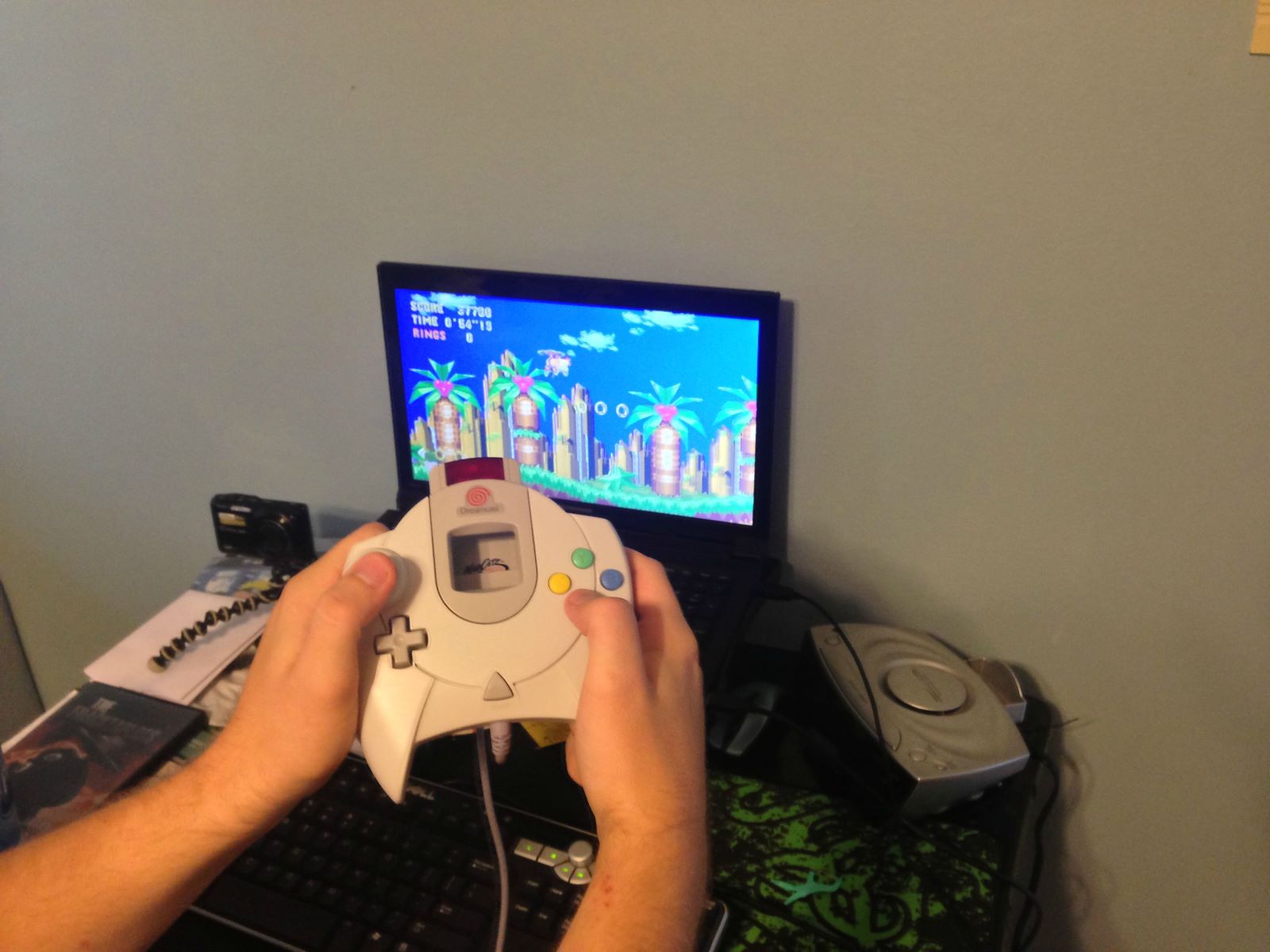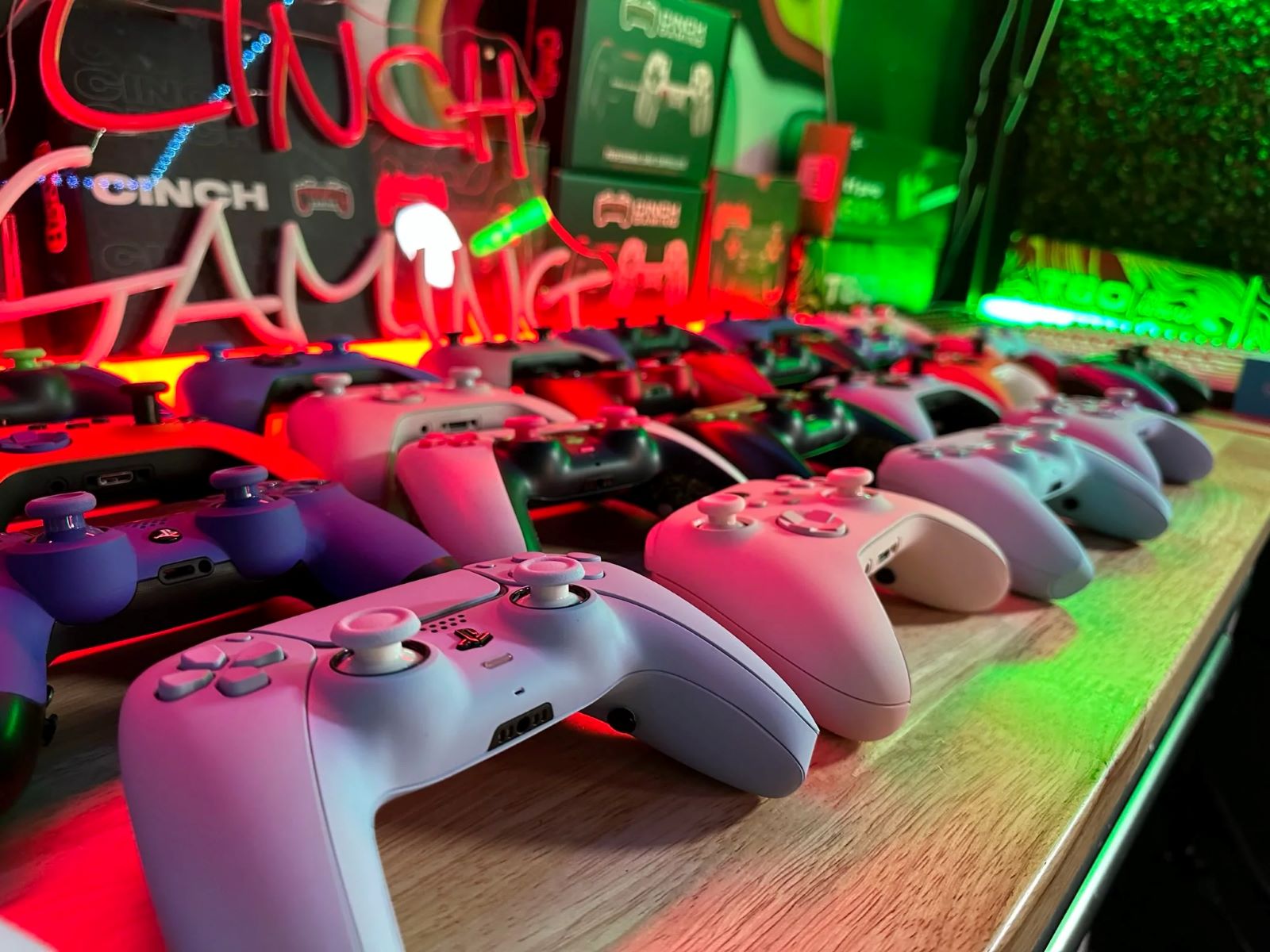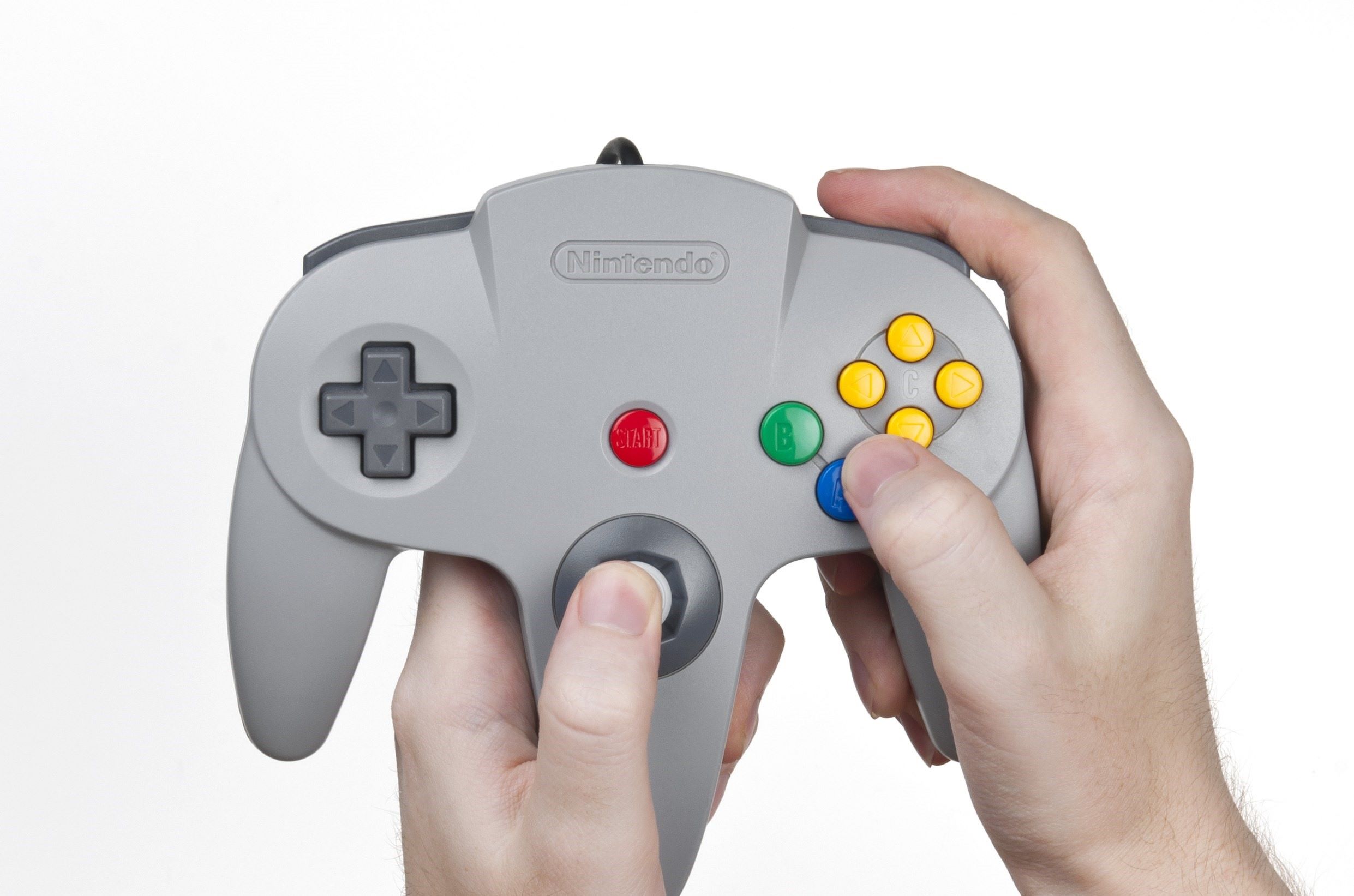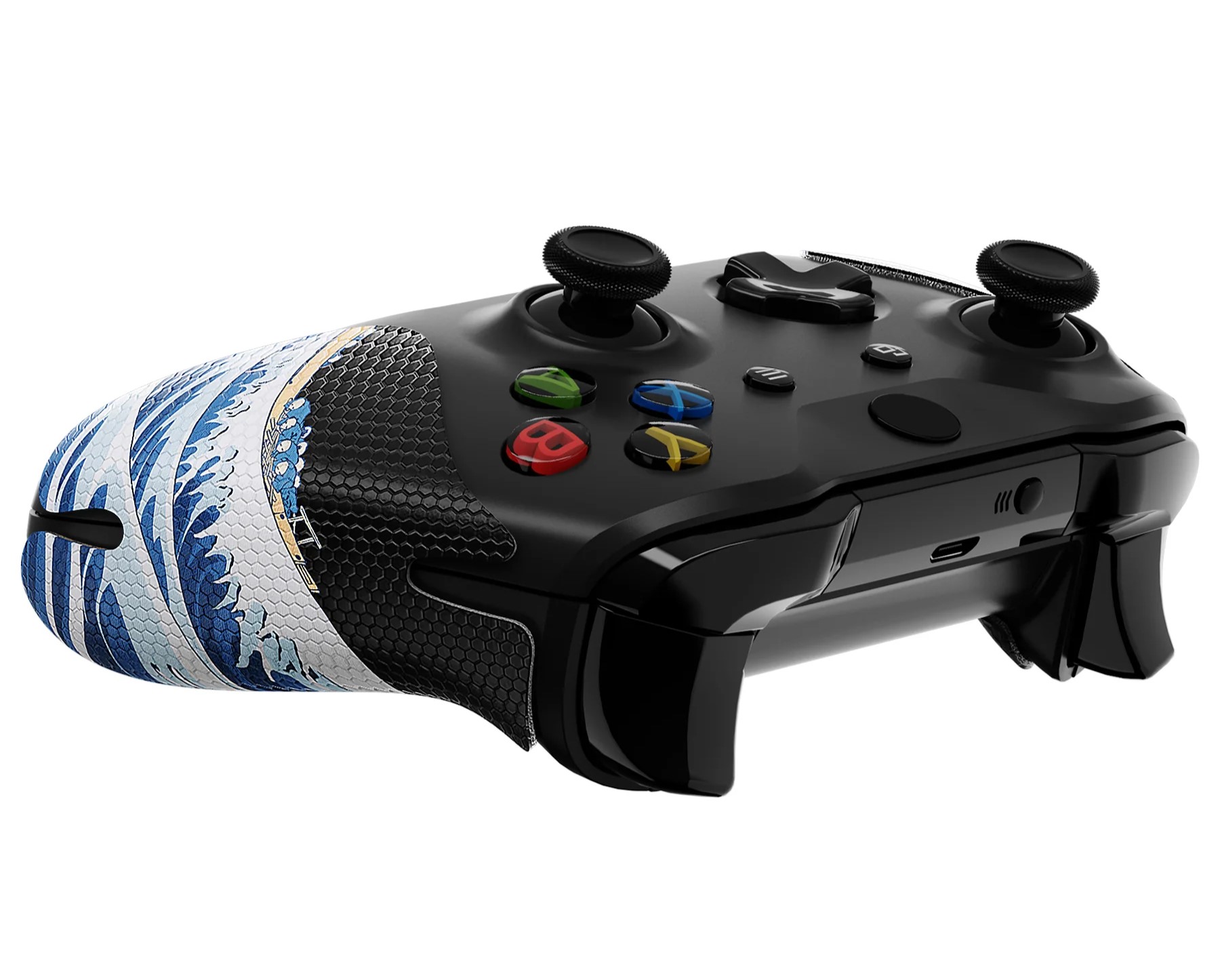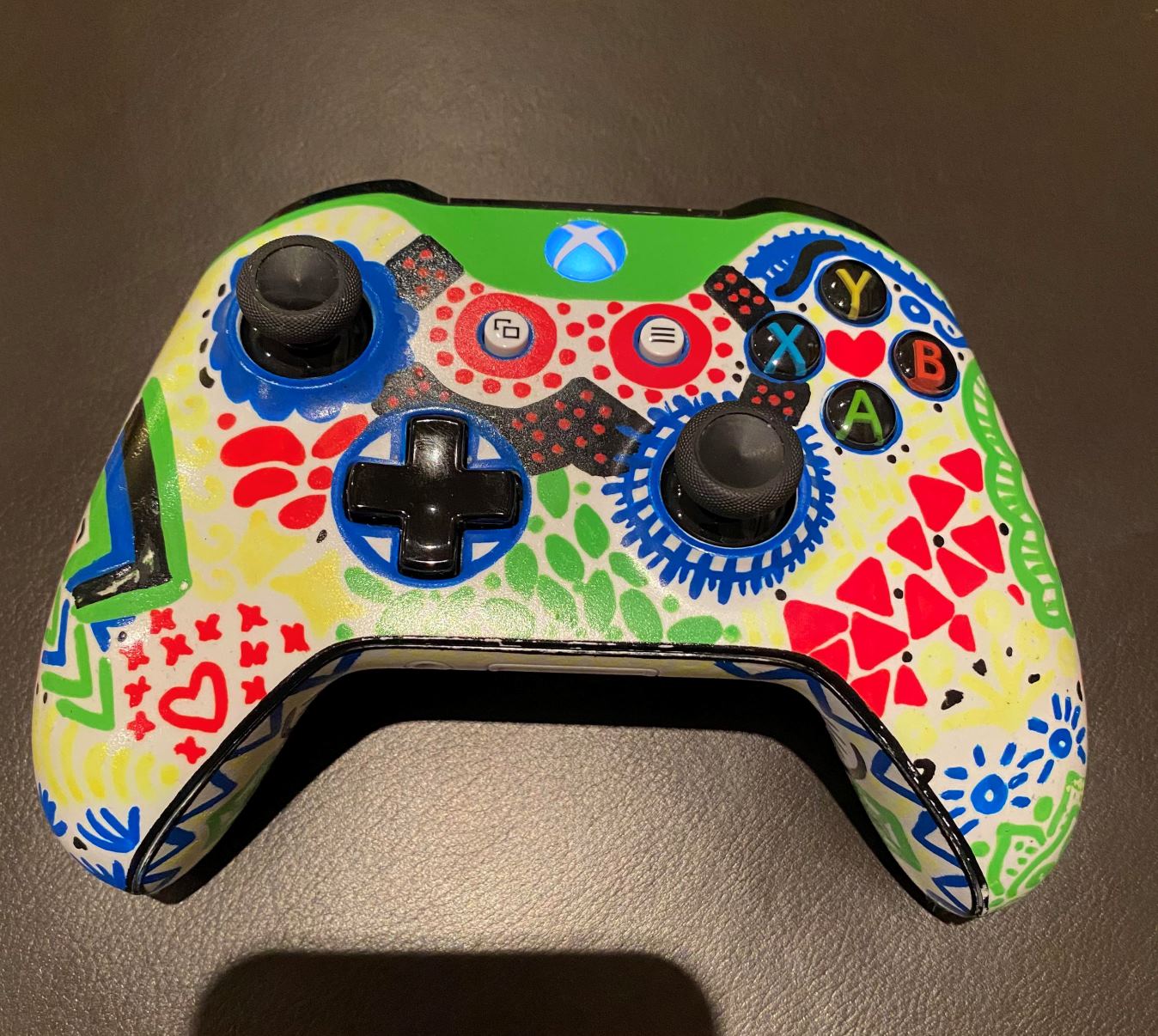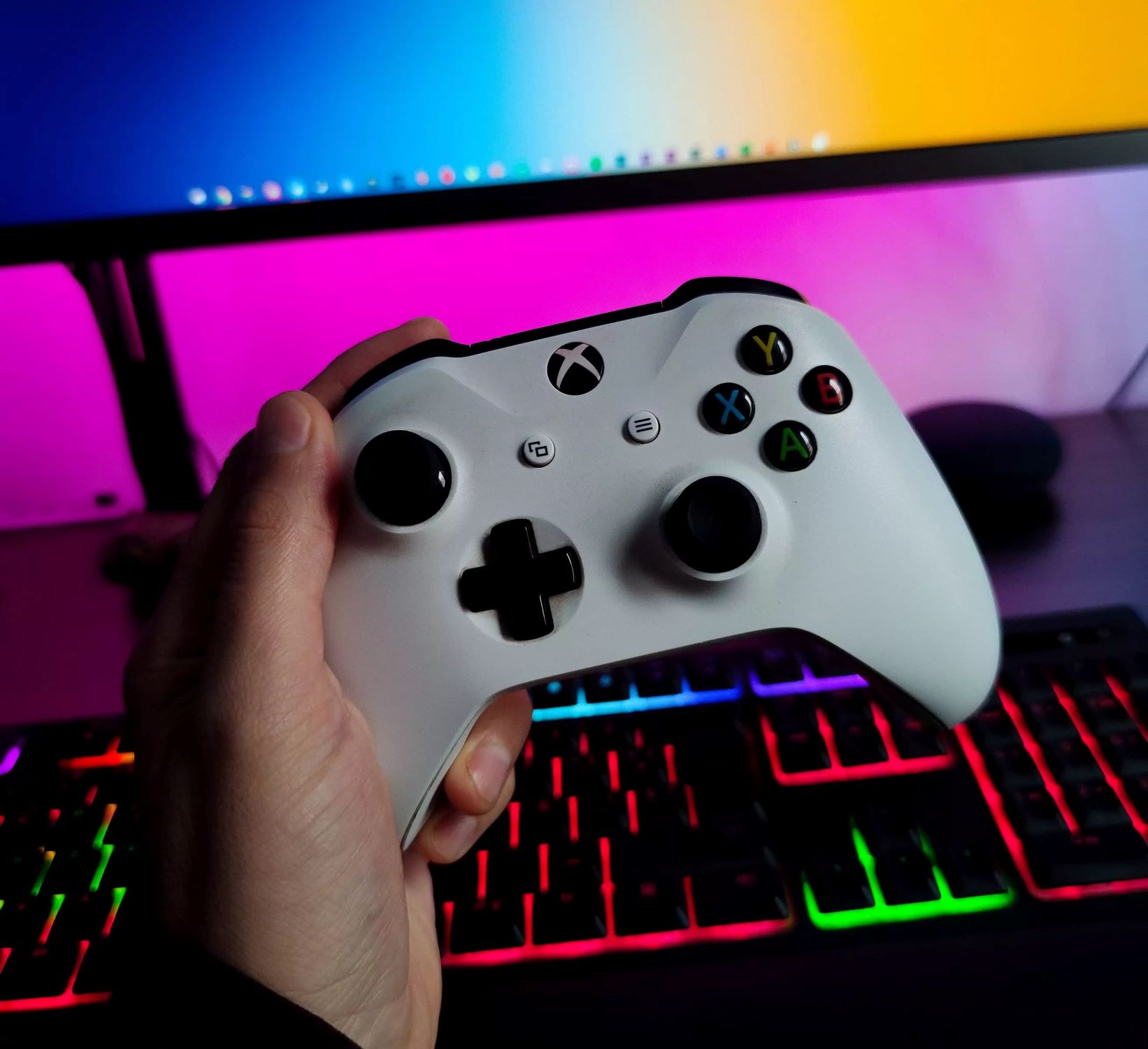Introduction
Introduction
Welcome to the exciting world of video gaming, where the right controller can make all the difference in your gaming experience. Whether you're a seasoned gamer or just starting out, mastering the use of a video game controller is essential for navigating through the virtual realms of your favorite games. In this guide, we'll explore everything you need to know about using a video game controller, from choosing the right one to mastering its functions and optimizing your gaming performance.
As technology continues to advance, video game controllers have evolved from simple joysticks to complex, multi-functional devices that offer a wide range of features and capabilities. With the increasing popularity of gaming consoles, PCs, and mobile gaming, understanding how to use a video game controller has become more important than ever.
In this comprehensive guide, we'll cover the basics of using a video game controller, including how to choose the right controller for your gaming needs, understanding the various buttons and functions, connecting the controller to your device, configuring the settings, and using the controller effectively in different games. Additionally, we'll provide valuable tips to help you improve your control and performance while gaming.
Whether you're a fan of action-packed adventures, strategic role-playing games, or competitive multiplayer battles, mastering the art of using a video game controller will enhance your gaming experience and give you a competitive edge. So, let's dive into the world of video game controllers and unlock the full potential of your gaming skills.
Choosing the Right Controller
Choosing the Right Controller
When it comes to selecting the right video game controller, the options can be overwhelming. The first step in choosing a controller is determining the platform you’ll be gaming on. Whether you’re using a gaming console, PC, or mobile device, each platform has its own compatible controllers. For console gaming, popular options include controllers designed for specific consoles such as PlayStation, Xbox, or Nintendo Switch, each offering unique features and designs tailored to their respective platforms.
For PC gaming, you have the flexibility to choose from a wide range of controllers, including traditional console-style controllers, specialized gaming pads, or even custom-built controllers designed for specific gaming genres. Additionally, compatibility with your gaming setup, ergonomic design, button layout, and additional features such as programmable buttons or customizable grips are important factors to consider when choosing a controller.
Mobile gaming has also seen a surge in popularity, and many controllers are now designed specifically for mobile devices, offering enhanced precision and control for gaming on smartphones and tablets. These controllers often come with convenient features such as adjustable clips to hold your device securely while gaming.
Furthermore, considering your gaming preferences and the types of games you enjoy can also help narrow down your options. For example, if you’re a fan of first-person shooters, a controller with responsive triggers and precise analog sticks may be ideal. On the other hand, if you prefer sports or racing games, a controller with a comfortable grip and intuitive button layout for precise inputs may be more suitable.
Ultimately, the right controller is one that feels comfortable in your hands, offers the features you need for your favorite games, and seamlessly integrates with your gaming platform. By carefully considering these factors, you can choose a controller that enhances your gaming experience and provides the control and precision you need to excel in your virtual adventures.
Understanding the Buttons and Functions
Understanding the Buttons and Functions
Mastering a video game controller involves understanding the various buttons and functions that contribute to seamless gameplay. Most modern controllers feature a standard set of buttons, including directional pads or analog sticks, action buttons, triggers, bumpers, and additional programmable buttons. Familiarizing yourself with these components is essential for effectively navigating through games and executing precise actions.
The directional pad or analog sticks are used for character movement, camera control, and menu navigation. Understanding the sensitivity and responsiveness of these controls is crucial for precise in-game movements. Action buttons, often labeled as A, B, X, and Y or with various symbols, are used for actions such as jumping, attacking, interacting with objects, or performing special abilities.
Triggers and bumpers, located on the top of the controller, are typically used for actions like aiming, shooting, or performing secondary functions. These buttons often offer varying levels of pressure sensitivity, allowing for precise control over in-game actions. Additionally, many controllers feature programmable buttons that can be customized to perform specific actions, providing a personalized gaming experience tailored to individual preferences.
Understanding the functions of these buttons and their placement on the controller is essential for adapting to different game mechanics and control schemes. For example, in first-person shooter games, the triggers are commonly used for aiming and shooting, while action buttons are assigned to actions like reloading or interacting with the environment.
Furthermore, some controllers feature additional functions such as touchpads, motion controls, or audio input/output capabilities, offering unique ways to interact with games. Familiarizing yourself with these advanced features can open up new possibilities for immersive gameplay experiences.
By understanding the buttons and functions of your controller, you can gain a deeper appreciation for the intricacies of game control and develop the dexterity and muscle memory needed to excel in various gaming scenarios. Whether you’re embarking on epic quests, engaging in intense battles, or exploring virtual worlds, mastering the nuances of your controller’s buttons and functions will elevate your gaming prowess to new heights.
Connecting the Controller to Your Device
Connecting the Controller to Your Device
Once you have chosen the right controller for your gaming needs, the next step is to connect it to your gaming device. The process of connecting a controller varies depending on the platform you’re using, whether it’s a gaming console, PC, or mobile device. Understanding the connection methods and compatibility options is essential for seamless integration and optimal performance.
For console gaming, most controllers can be connected wirelessly via Bluetooth or using a USB cable. The pairing process typically involves accessing the device’s settings, selecting the controller from the available devices, and following the on-screen prompts to establish a connection. Many modern controllers also feature dedicated pairing buttons or sync options to simplify the connection process.
PC gaming offers a wide range of connectivity options, with most controllers supporting USB connections or wireless connectivity through Bluetooth or specialized wireless adapters. When using a USB connection, simply plugging the controller into a USB port on your computer is often sufficient to establish a connection. For wireless connectivity, ensuring that your PC has Bluetooth capabilities or using a compatible wireless adapter is necessary for pairing the controller.
Mobile gaming has seen significant advancements in controller connectivity, with many controllers designed specifically for seamless integration with smartphones and tablets. These controllers often feature adjustable clips or mounts to securely hold your device while gaming and can be connected wirelessly via Bluetooth for a hassle-free setup.
Additionally, some controllers may require firmware updates or driver installations to ensure compatibility with specific devices or to access advanced features. Checking for firmware updates and following the manufacturer’s instructions for driver installations can help optimize the controller’s performance and ensure a smooth connection process.
Understanding the specific connection methods and compatibility requirements for your controller and gaming device is essential for a frustration-free gaming experience. Whether you’re embarking on epic quests, engaging in intense battles, or exploring virtual worlds, a seamless connection between your controller and gaming device is the first step toward unlocking the full potential of your gaming prowess.
Configuring the Controller Settings
Configuring the Controller Settings
After connecting your controller to your gaming device, configuring the controller settings is essential for optimizing its performance and tailoring the experience to your preferences. Most gaming platforms and individual games offer a range of settings that allow you to customize the behavior of your controller, adjust sensitivity, and map buttons to suit your gaming style.
On gaming consoles, accessing the system settings or specific game settings menu allows you to configure various aspects of your controller. This may include adjusting the sensitivity of analog sticks, customizing button mappings, or enabling additional features such as vibration feedback or motion controls. Many modern consoles also offer accessibility options that cater to diverse gaming needs, providing options for remapping buttons or adjusting control schemes to accommodate different play styles.
For PC gaming, controller settings can often be configured within the game’s options menu or through dedicated software provided by the controller manufacturer. This allows you to fine-tune sensitivity, dead zones, and button mappings to ensure precise control and responsiveness during gameplay. Additionally, some games offer extensive customization options, allowing you to create multiple controller profiles tailored to specific genres or gaming scenarios.
Mobile gaming controllers also offer settings customization, typically accessible through companion apps or within the game’s settings menu. These settings may include button remapping, sensitivity adjustments, and the ability to create custom control layouts to optimize your gaming experience on mobile devices.
Furthermore, advanced features such as trigger sensitivity adjustments, gyroscopic controls, and haptic feedback settings can enhance the immersive nature of gaming experiences. Configuring these settings according to your preferences can significantly impact your level of control and comfort while gaming, ultimately contributing to improved performance and enjoyment.
By taking advantage of the available controller settings, you can personalize your gaming experience, adapt the controller to different game genres, and fine-tune its behavior to match your unique play style. Whether you prefer precise aiming in first-person shooters, responsive steering in racing games, or intuitive controls in platformers, configuring the controller settings empowers you to maximize your gaming potential and immerse yourself fully in the virtual worlds you explore.
Using the Controller in Different Games
Using the Controller in Different Games
One of the most exciting aspects of mastering a video game controller is the ability to adapt its functionality to a diverse range of games. Whether you’re embarking on thrilling adventures, engaging in competitive battles, or exploring strategic worlds, understanding how to effectively use your controller in different game genres is essential for achieving success and enjoyment.
In action and adventure games, mastering the precise control of your character’s movements and actions is crucial for navigating challenging environments, executing combat maneuvers, and interacting with the game world. Utilizing the analog sticks for precise movement, action buttons for combat and interaction, and triggers for aiming and shooting can enhance your immersion in the game’s narrative and action sequences.
For sports and racing games, the controller serves as your gateway to immersive and responsive gameplay. Leveraging the analog sticks for steering and control, triggers for acceleration and braking, and additional buttons for special moves or tactics allows you to experience the adrenaline of competitive sports and high-speed racing with precision and finesse.
In multiplayer and competitive games, mastering the use of the controller can give you a competitive edge. Understanding advanced techniques such as combo inputs, precise aiming, and quick reflex actions can elevate your performance and contribute to your success in intense battles and strategic encounters.
Strategic and role-playing games often require nuanced control and precise input to navigate complex menus, execute tactical maneuvers, and engage in strategic encounters. Familiarizing yourself with the controller’s buttons and functions for menu navigation, character management, and combat actions is essential for immersing yourself in the rich narratives and challenging scenarios these games offer.
Furthermore, many games offer the flexibility to customize controller settings and button mappings, allowing you to tailor the controller’s behavior to match your preferred play style and optimize your control in different gaming scenarios. By experimenting with these customization options, you can adapt the controller to suit the unique demands of each game and enhance your overall gaming experience.
Ultimately, the versatility of a video game controller empowers you to engage with a wide variety of gaming experiences, from high-octane action to immersive storytelling and strategic challenges. By mastering the use of your controller in different games, you can unlock the full potential of your gaming skills and immerse yourself in the captivating worlds and adventures that await.
Tips for Better Control and Performance
Tips for Better Control and Performance
Mastering the use of a video game controller is not only about understanding its functions but also about refining your skills to achieve better control and performance in your gaming endeavors. Whether you’re a casual gamer or a dedicated enthusiast, implementing the following tips can elevate your gaming experience and enhance your overall proficiency with the controller.
- Practice Regularly: Like any skill, mastering the use of a controller requires practice. Regular gameplay sessions can help you develop muscle memory and reflexes, leading to more precise and fluid control over time.
- Experiment with Sensitivity Settings: Many games and controllers offer sensitivity customization options. Adjusting the sensitivity of analog sticks and triggers to match your comfort level and play style can significantly improve your control and responsiveness.
- Customize Button Mappings: Take advantage of games that allow you to remap controller buttons to suit your preferences. This can optimize the layout for specific actions and make complex maneuvers more intuitive.
- Stay Comfortable: Ensure that your gaming setup promotes comfort and ergonomics. Using a comfortable chair, maintaining good posture, and taking breaks to stretch can prevent fatigue and enhance your control during extended gaming sessions.
- Engage in Diverse Gaming Experiences: Playing a variety of game genres can expose you to different control mechanics and challenges, expanding your adaptability and skill set with the controller.
- Stay Informed about Updates: Keep an eye out for firmware updates and controller software enhancements. Updated firmware can improve compatibility, performance, and introduce new features that enhance your gaming experience.
- Engage with Community Resources: Online forums, tutorials, and community discussions can provide valuable insights into advanced controller techniques, game-specific strategies, and optimization tips shared by experienced gamers.
- Invest in Quality Accessories: Upgrading to accessories such as controller grips, precision thumbsticks, or customizable paddles can enhance your comfort and control, offering a personalized gaming experience tailored to your preferences.
By incorporating these tips into your gaming routine, you can elevate your control and performance with the video game controller, leading to a more immersive, enjoyable, and rewarding gaming experience across a wide range of titles and genres.









